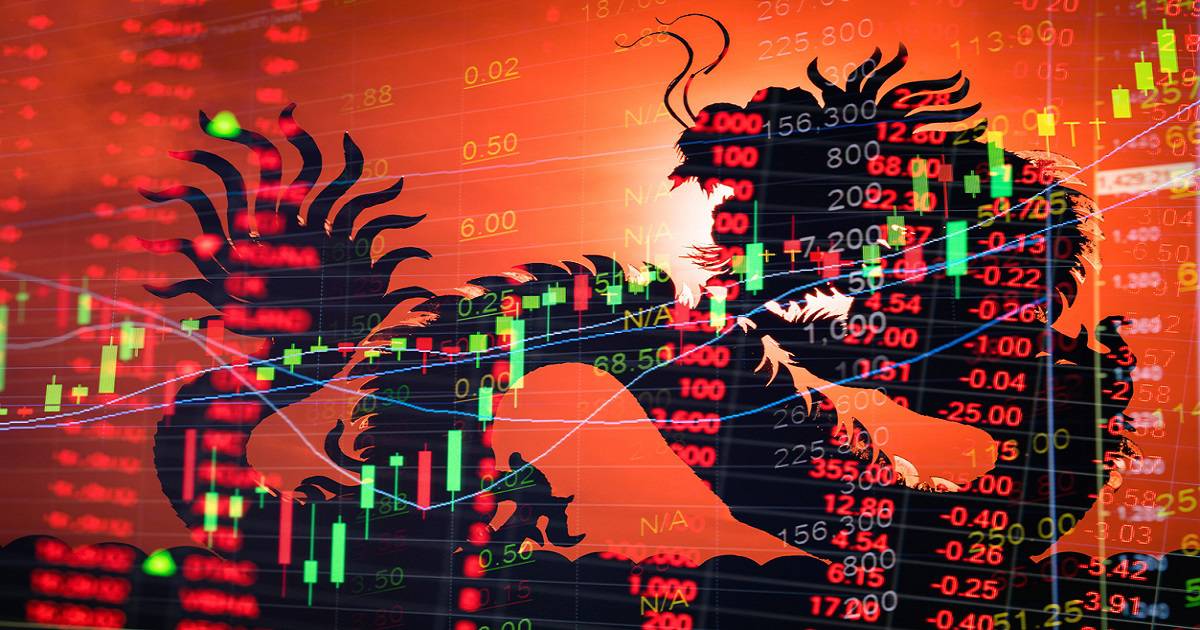Ten years ago during the last rare earths supply “crisis,” Mr. Yi Gang, then Vice Governor of the People’s Bank of China, said,
“In addition to boosting the flexibility of the Yuan exchange rate, China also should adjust resource prices to address imbalances, as many resources are still traded in China at below their natural prices. China also should boost wages and social benefits to lift consumption, step up its enforcement of environment regulations and undertake other structural reforms to address imbalances.”
Repeat after me: The selling prices of the rare earths and other commodities within China are still today too low. Thus, if the Chinese Government did not strictly control their export then the market would drive much of, if not all of, the supply out of China chasing the higher prices in the foreign marketplace. One current driver for such a foreign accumulation would be the stocking of strategic materials (stockpiling) by governments to protect their domestic industry’s security of supply. Another driver could well be inventory building by once-burned, twice-shy private corporations, finally reversing the 50-year reign of the just-in-time, no-inventory philosophy, which was a principal driver in the creation of this problem.
Danger to China’s industrial supply
Chinese central planning economists, however, also see this danger to Chinese industrial security of supply. And, by extension, potentially then leading to high unemployment in the very important domestic Chinese alternate energy, green, and cleantech sectors,
I don’t think that the Chinese central bank, the People’s Bank of China (PBOC) wants to buy commodities as an alternative to U.S. Treasury Bonds, because this could disrupt the commodities market. It would cause price volatility in the very asset trying to be used to stabilize prices and the currency. Even more importantly, no commodity accumulation of sufficient size to soak up excess Chinese liquidity would be likely to make a dent in reserves as large as those of China in any case, but it would certainly interrupt the flow of raw materials for industry.
Volatility in commodity prices
Note that the dramatic swings in commodity prices in the Western economies since 2008, a result of too much free money needing a home, known as the commodity “Supercycle” has massively damaged the manufacturing sectors of most of the world by driving up manufacturing costs and the prices of consumer goods while simultaneously fueling inflation. China has massively benefited from this foolish cycle because the prices of all of the commodities in the Supercycle are set by China’s dominance in their sourcing, processing, and end-use. The increased prices that Tesla (NASDAQ: TSLA) pays for rare earth permanent magnet drive motors and lithium-ion batteries directly benefit China.
The PBOC is determined to force China to grow its consumer sector without causing inflation, one of the two of the PBOC’s greatest fears. The other is a massively corrected and thus much more expensive Yuan. Yet by continuing to buy up surplus and hot money inflow dollars at a fixed rate, the PBOC feeds (and it knows it is feeding) inflation and increases the pressure on it (the bank) to revalue the Yuan or let it float.
Are rare earths priced too low in China
The prices of rare earths in China will have to increase soon or smuggling will become uncontrollable. That is human nature. In the long run, the production of rare earth metals outside of China will help the Chinese by increasing the global supply and reducing global prices and thus eliminating the need for export controls. This is doubly true when one considers that China itself is the world’s biggest market for rare earth metals, and its neighbor, Japan, accounts for almost all of the rest of the global demand.
The rare earth mining economy within China is tiny as a proportion of the GDP. However, the number of jobs dependent critically on the properties of the rare earth metals required to manufacture green, clean, communication as well as entertainment technologies, is not trivial. China’s central planners’ dilemma is that it must keep rare earths cheap in order not to drive rare-earths-based component jobs offshore to lower-cost countries such as Vietnam or India. Its own entrepreneurs are already doing this, by the way.
The result for junior miners with rare earth claims is that the race is on to produce more of what China needs to be produced outside of China, to relieve the pressure on its two-tier pricing economy for commodities such as rare earths.
The Chinese government maintains strict overall control of China’s economy from Beijing. Chinese businessmen, however, have the same mindset as any other businessmen, maximize profit and reduce costs. In today’s China, the government wins. It just may use a meat ax rather than a scalpel to enforce its decisions, such as with the rare earths recently.
Final thoughts
But to think that Chinese economists and central bankers do not see the problem is foolish.
I believe that the selling prices outside of China of the rare earths will continue to be robust until, and if, there is significant non-Chinese production of rare earths. Then if demand exceeds supply, which I think is likely, there will be a massive culling of those companies not in production, or of those that are too large, or have too high costs, or are too skewed to light rare earths.
So long as China continues to maintain that its supplies are being exhausted, the prices of the heavy rare earths must continue to be strong and even climb. If China does not find domestic new supplies of dysprosium and terbium then it will become increasingly dependent on its “near shore (to China)” suppliers such as Myanmar and need to cultivate “friend shoring” from places like Brazil, which, in case you didn’t notice, is happening right now!
Be cautious when investing in the rare earth sector. Very large forces are intersecting in it and could make prices very volatile in the near term, or even permanently.




Leave a Reply